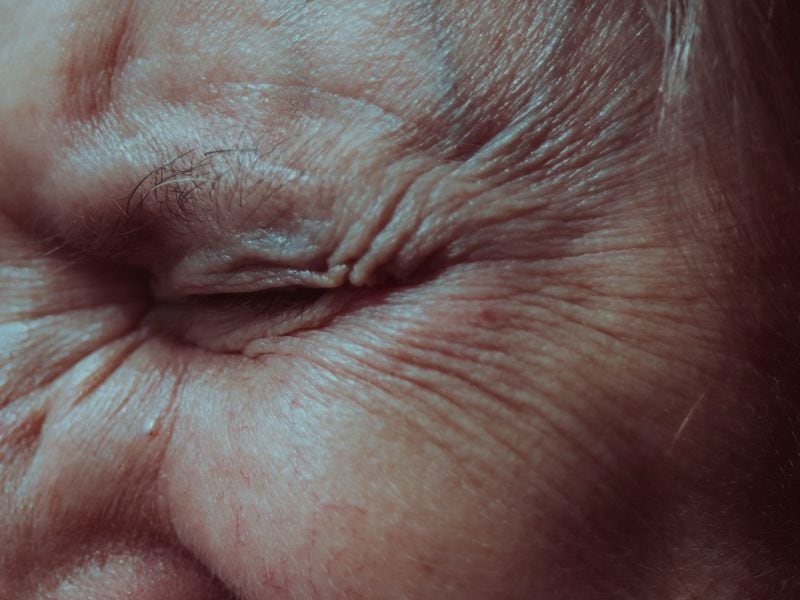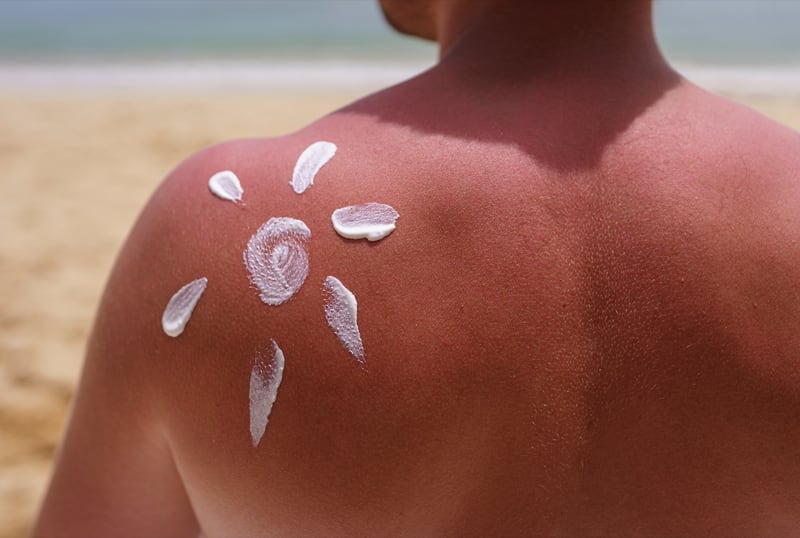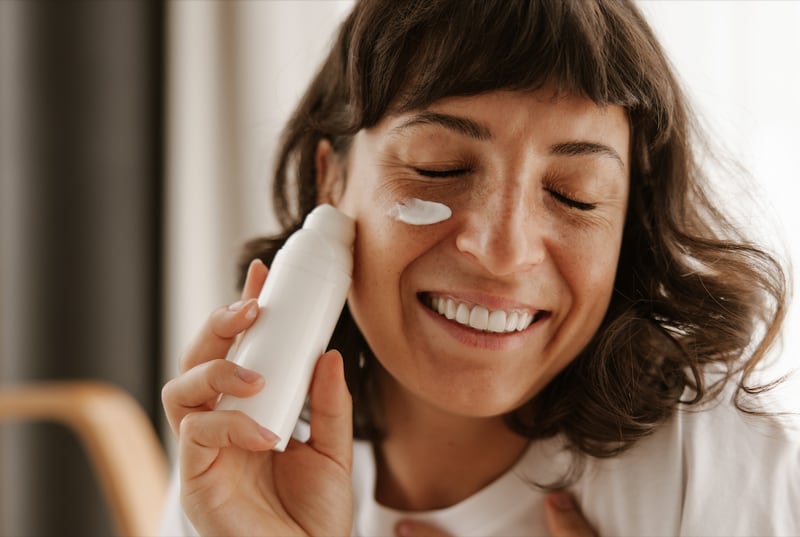Although ultraviolet radiation is present during all months of the year, its levels are currently higher, making the skin the main one affected. Here are some recommendations to protect yourself.
A new season of summer has already started. It is during these times that most people plan to go on vacation, look for a miraculous solution to cool off from high temperatures and the clothes used are cool and leave the skin more exposed to the sun.
At the same time, it is at this time that dermatologists are most warning about the harmful effects that excessive exposure to the sun could have on children and adults.
One reason for this warning is that most skin cancers are caused by the action of ultraviolet (UV) rays, according to the Centers for Disease Control and Prevention (CDC).
Why you need to take care of your skin
Héctor Fuenzalida, dermatologist at IntegraMédica and academic at the Faculty of Medical Sciences at the University of Santiago, explains that we often think that the skin “is not as vital” as the heart, brain or lungs.
But without this organ, the largest in the entire body, it would simply not be possible to survive, explains the specialist.
“It is the first barrier of containment of all external aggressions, which are living and non-living elements. These include radiation, chemicals, temperatures, bacteria and parasites. The integrity of the skin, what we call the skin barrier, allows us to permanently isolate and protect ourselves from all these injuries,” he explains.

But in addition to preventing other external agents from entering the body, this organ performs other essential functions. Among them, it helps regulate body temperature, helps regeneration after injury, participates in the synthesis of vitamin D and even has its own immune system.
“The skin greatly influences general health. “A person who is sick, dry, with wounds or itching will not have a good quality of life” says Walter Gubelin, dermatologist and academic at the University of Los Andes School of Medicine.
Experts say that because of all the functions the skin performs in our lives, it is essential to take steps to protect it and prevent short- and long-term damage. Although these treatments must be carried out throughout the year, UV radiation is always present, it is during the summer that it intensifies more.
“UV rays, mainly A and B rays, can cause alterations in DNA and in the structure that supports the skin, which are collagen fibers. They also induce an increase in pigmentation, which results in spots,” explains Fuenzalida.
According to Gubelin, other effects of chronic sun exposure can include premature aging And develop skin cancer . “The most common are basal cell carcinoma and squamous cell carcinoma. In third place is melanoma, which causes high mortality if not detected in time.

5 tips to protect yourself from the sun
According to dermatologists, there are a series of strategies that can be useful for taking care of the skin during this period of high temperatures. Some of them are:
1. Avoid exposure to the sun between 11 a.m. and 4 p.m. This is “the most dangerous time to expose skin,” says Fuenzalida, because it’s when UV radiation levels are high. If you want to sunbathe in moderation and safely, you should do so outside of these times and for very short periods.
2. Use a broad-spectrum sunscreen. This should be applied at least 20 minutes before going out to ensure it absorbs into the skin. In addition, the ideal is that it meets certain characteristics so that the protection is more effective: it is recommended that the sunscreen has an SPF 50 and is water resistant.
Although today the market offers cheaper sunscreens from the cosmetic field, Fuenzalida assures that “they do not have all the components to cover the spectrum of ultraviolet A and B rays.” On the other hand, dermatological ones offer more complete coverage.

3. Reapply sunscreen during the day. This step will depend on several factors, for example whether you will be in an enclosed space or outdoors.
In the first case, specialists suggest reapplying sunscreen every four hours, whereas if you are at the beach, at the swimming pool or playing sports, you should reapply it every two hours. Even though there are some that claim to be waterproof, you still have to put it back in during the day.
4. Choose clothing that protects you. Experts say it may be helpful to opt for wetsuits containing fibers that protect against UV rays, for example those used for water sports. Another more accessible alternative is to wear hats that can protect the face and neck, as well as good quality sunglasses.
5. Look for shadows. Although it may seem obvious, it is essential to protect yourself from the action of radiation when going out. If you spend the day on the beaches or at the pool, umbrellas can be a protective tool. “Children are much more susceptible to sun damage than adults, so it is especially important to do this in children,” says Gubelin.
Another point to consider is that some medications, such as antihistamines, diuretics, and oral retinoids, have the side effect of photosensitivity, meaning the skin becomes much more sensitive to sunlight. This can cause very sudden burning or tanning in some patients.
“We must consider that skin care must be provided throughout the life cycle, from children to the elderly. There is no stage where we are more resistant and where we can say “now I don’t worry anymore”. “We must always take care of this organ” concludes Fuenzalida.
Source: Latercera
I am David Jack and I have been working in the news industry for over 10 years. As an experienced journalist, I specialize in covering sports news with a focus on golf. My articles have been published by some of the most respected publications in the world including The New York Times and Sports Illustrated.


